The
most obvious of these are intertwined in Vietnam’s history and geography, from
its colonial past with France, to its neighbouring countries like China and
Cambodia.
Inspirations
from the West are evident with touches of America seen in Vietnam’s food and
drink scene in major cities like Ho Chi Minh City and Hanoi.
Perhaps
less obvious are the influences from countries like India and Malaysia, but
nevertheless these places have also had a hand in shaping one of the most
unique and delicious cuisines in the world.
DISHES AND DRINKS
Bánh mì: France
The
baguette was introduced by the French during the colonial period in the 1800s
and has since been turned into a staple Vietnamese ingredient.
Rather
than using wheat flour, however, the Vietnamese make their baguettes with rice
flour, giving them a much lighter texture to the ones found in France.

Image source: kingarthurflour.com
Bánh
mì also refers to the popular street food snack, which is a wonderful
Viet - French fusion sandwich, packed full of meats, pickles and pâté—the latter
of which is another ingredient that was introduced by the French.
Hủ tiếu: Cambodia
The
origins of this dish—which is particularly popular in the south of Vietnam—can
be traced back to Cambodia’s Kuy Teav, which is a meaty noodle soup, garnished
with crispy shallots and bean sprouts.
The
Vietnamese version is made with pork stock, rice noodles and meat. Similar to
the nation’s much-loved phở, hủ tiếu is also served up with a plate of fresh
leaves and herbs.
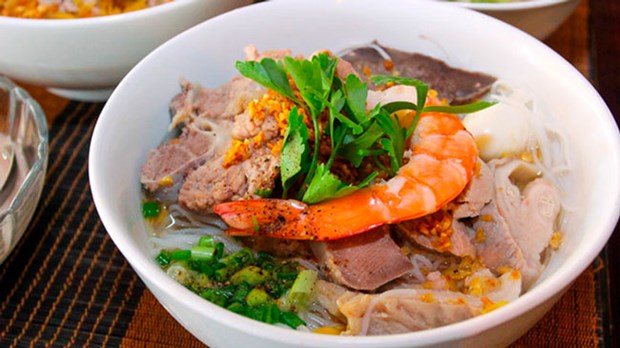
Image source: diemanuong365.blogspot.com
Cà ri gà:
Malaysia/India
Malaysian
and Indian influences can be seen in Vietnam in this wonderfully fragrant
chicken curry, cà ri gà.
It
is cooked with carrots, sweet potatoes and peas in a coconut sauce and is often
mopped up with rice or a baguette.
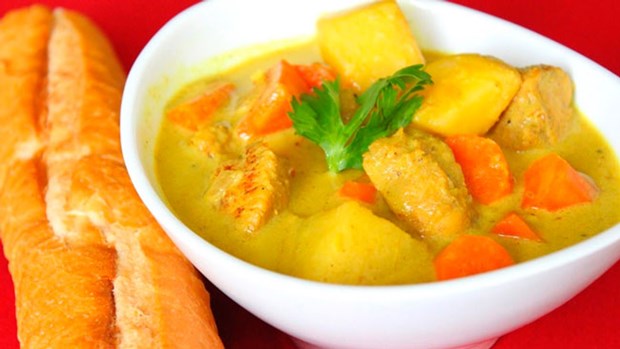
Image source: linkedin.com
Bánh bao: China
This
is Vietnam’s take on the Chinese baozi,
which is a type of steamed, filled bun.
Bánh bao are typically filled with minced
pork, a piece of sausage and a hardboiled egg and are sometimes served with a
sweet chilli dipping sauce. Vendors can be found selling these on most street
corners across Vietnam.
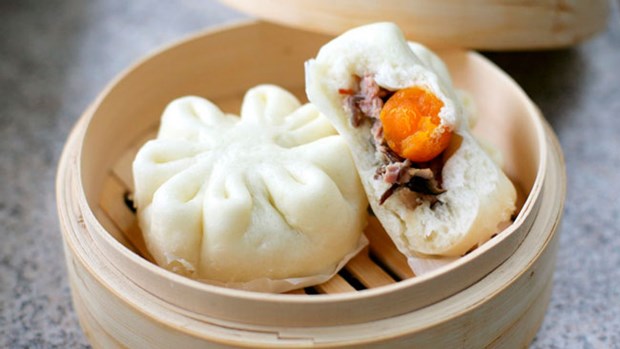
Image source: phununews.vn
Bánh flan: France
A
quintessential French dessert is the crème caramel and bánh flan is Vietnam’s
take on this.
The
Vietnamese version is a set custard, served chilled with a caramel or coffee
topping.
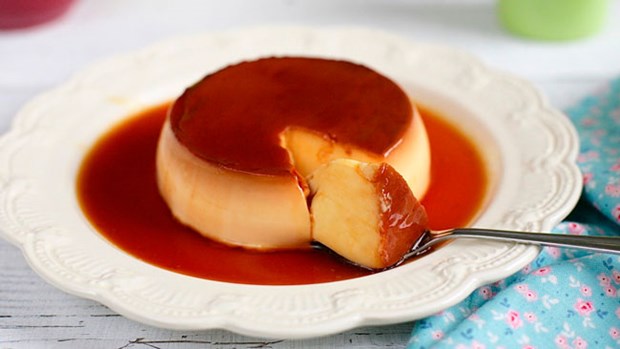
Image source: youtube.com
So
popular is this dish in Vietnam, that it is not uncommon for it to be served in
the mornings on a breakfast menu.
Phở: France
Phở
is arguably Vietnam’s most famous dish. It’s known and loved by many across the
globe as a wonderful balance of Asian flavours.
What
is less known about phở, however, is that it was likely influenced by the
French beef stew, pot au feu.

Image source: phobotuhai.vn
Both
dishes use the likes of a meat broth, with chunks of meat and shallots.
However, in Vietnam, rice noodles and herbs are used to bulk out the dish
rather than potatoes and vegetables.
Cà phê đá: France
Coffee
is another ingredient that was introduced to Vietnam during France’s reign over
the country in the 1800s.
Since
then it has become the nation’s drink, with thousands of cafes and vendors
selling it all across the country.
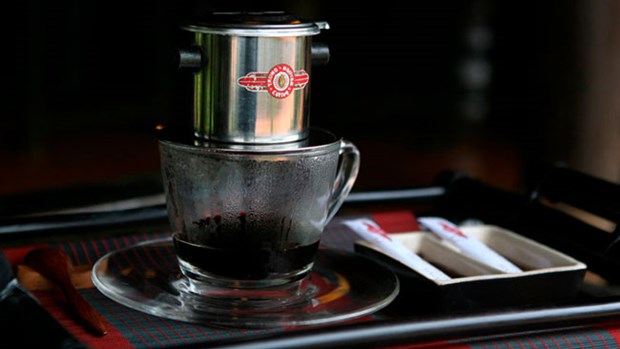
Image source: mannup.vn
The
favoured way of drinking it in Vietnam, however, is somewhat different to the
hot, black version enjoyed in the West.
Instead,
the Vietnamese pour a shot of coffee over ice and add a good glug of condensed
milk to make cà phê đá, making something sweet and frosty to cool down the
locals during the humid days.
Craft beer: America
Vietnam’s
craft beer boom is well and truly underway—a clear influence from America,
which has been brewing up a variety lagers and ales for years.
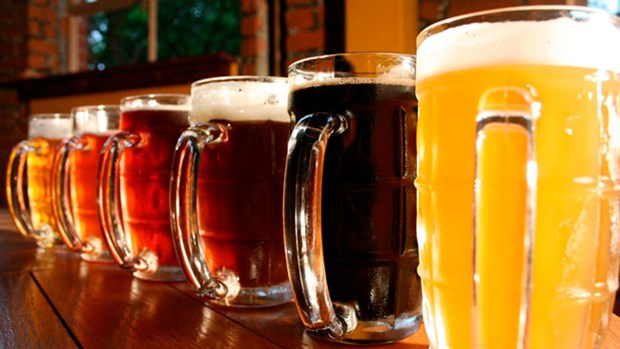
Image source: saigoneer.com
This
is particularly prevalent in the modern southern capital of Ho Chi Minh City,
which is a popular tourist and expat destination.
COOKING TECHNIQUES
AND SERVING
Pickled and crispy
shallots: France
Nothing
screams France more than the simple onion and in Vietnam this ingredient is
used a lot.
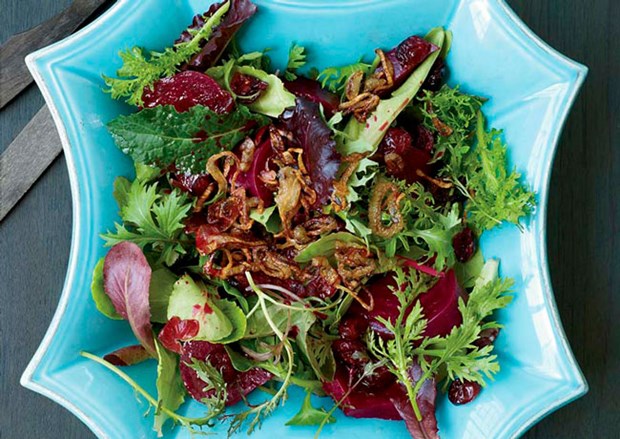
Image source: foodandwine.com
In
particular, the use of French shallots as a garnish—either pickled or fried—can
be seen on most dishes. Their sweet flavour works very well with Vietnamese
dishes, which aim to balance out spicy, sour and sweet elements.
Soy Sauce: China
Fish
sauce may be the most popular and widely used condiment in Vietnam but that
doesn’t stop China’s soy sauce from making a regular appearance.
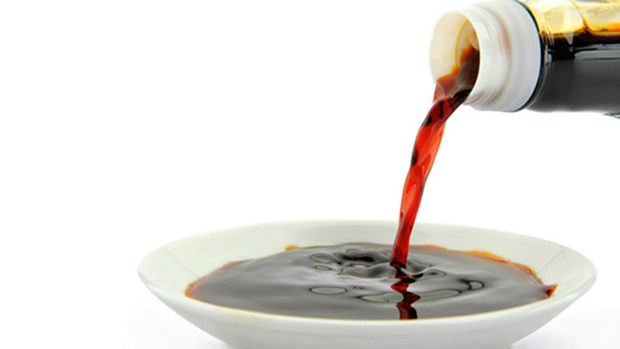
Image source: nbcwashington.com
It
can be used during the cooking process as a seasoning, much in the same way
cooks use salt in the West.
Alternatively,
it can be served up as a condiment in a small pot with fresh red
chillies—similarly to Vietnam’s favourite dip nước mắm pha, which is made with
fish sauce, chilli and sugar.
Wok: China
China’s
wok cooking is commonly used in Vietnam today to rustle up Viet-style stir
fries and other quick-fix meals.
Like
China, the wok is also used in Vietnam to deep fry certain ingredients such as
tofu, which is often enjoyed with a few fresh herbs and a spicy soy sauce dip.
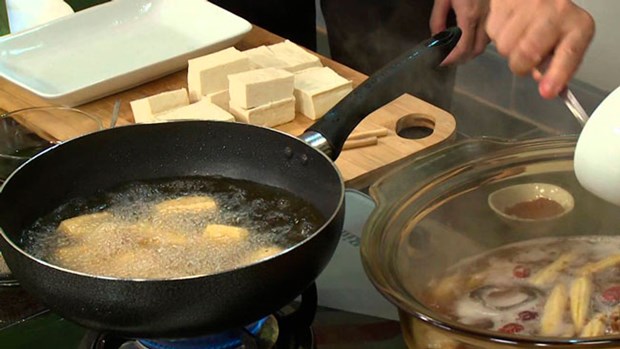
Image source: bepgiadinh.com
Chopsticks: China
In
addition to the wok, the Vietnamese also use the Chinese chopstick during food
preparation.
These
can be used for stirring, stir fries or even for making a bánh mì. And, of
course, they are used for eating most foods in Vietnam too.
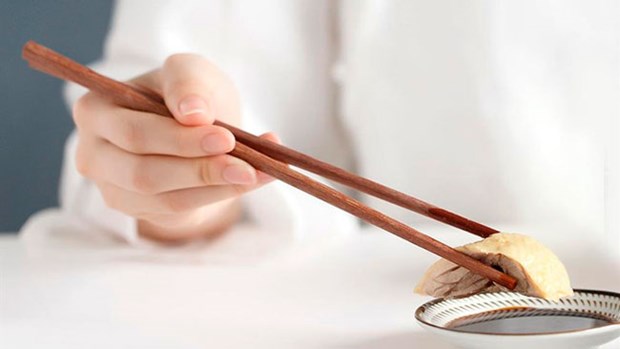
Image source: laodong.vn
Clay Pot Cooking:
China/Malaysia
This
method of cooking is particularly popular in the southern regions of China as
well as in Malaysia and is traditionally done over a charcoal stove, which is
what gives the dish its distinctive flavour.
A
popular Vietnamese clay pot dish is mắm kho quẹt, which is a rich and
flavoursome dip. It is made with pork and shrimp, which are slowly cooked in
pork stock, with garlic, chilli, fish sauce and sugar.
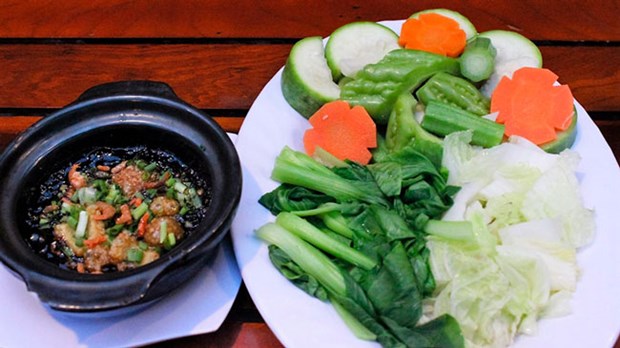
Image source: 123-zo.vn
This
was once enjoyed as a cheap meal by poorer families but nowadays it is not
uncommon for chefs to serve it up in high-end restaurants, with the clay pot
acting as both a technique for cooking the dish as well as an impressive way of
presenting it.
By Vietnamese Food
Lovers